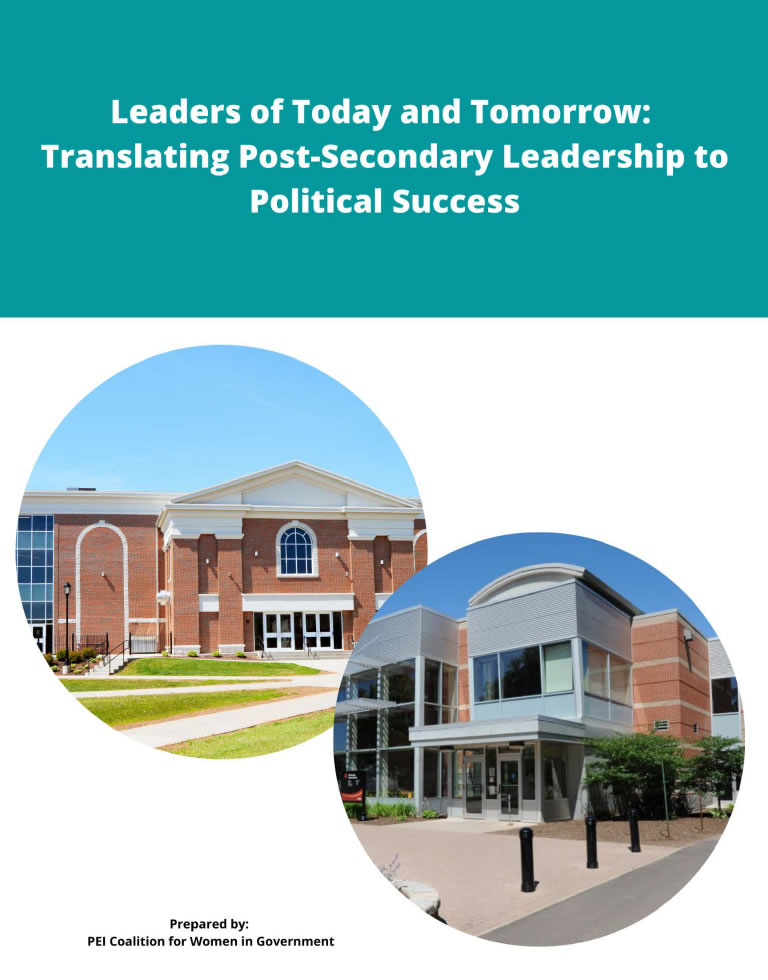Leaders of Today and Tomorrow: Translating Post-Secondary Leadership to Political Success
An article from the University of Toronto’s The Varsity explored factors affecting past student union executives. An article called “Life after student politics: Reflections of four former campus representatives” by Josie Kao interviewed past student union leaders from the University of Toronto, three men and one woman. The woman interviewed, Jasmine Wong Denike, was asked “whether she would consider getting involved in politics outside of university.” She replied, “I’m never getting into politics [again]. Ever,” citing the “toxicity” of politics.
A 2015 article by Ethan Lou in Maclean’s offers more anecdotal evidence of the challenges translating student leadership to electoral politics. The article “Inside the lives of student union leaders,” sums up that student leaders “Work 12-hour days, manage a million-dollar budget, and get a leg up in the job market.” The student leaders talked about their work lobbying politicians, and two of the student leaders interviewed went into the job market with political work in mind, but none expressed a desire to be elected.
A high level scan of biographies of MPs and members of provincial and territorial legislatures (MLAs, MMPs, MNAs, etc.) located only a few recent elected officials who highlight experience in post-secondary student leadership at the executive level. All of them are men. The names that came up included former MP and current leader of Manitoba First Steven Fletcher; current MP Joël Lightbound; and legislators such as Jason Nixon in Alberta, Raj Chouhan in BC, and Stephen Lecce in ON.
The rationale for this project is that there is a significant and under-studied gap between the numbers of women in student leadership in Prince Edward Island and the numbers of women who are elected to provincial and federal office. Using data from 1969 to 2019, the UPEI Student Union, there have been a total of 234 executive members since the 1969-1970 academic year. Of the 234 executives, 79 were women, quantified as 33.76% of the total. Currently the entire UPEI Student Union is made up of all women.
Similar statistical information for Holland College was not readily available. This project would help address this gap by researching and analyzing the historical make-up of the student union executive within the scope of this project. The more we know and the more we research the better we can respond and reduce inequalities. As a result of this project, we will have a better understanding of barriers and issues relating to engagement during university and college. A better understanding of this will allow us to craft initiatives and responses that work directly to address the challenges identified moving forward.
In comparison, in the same period from 1969 to 2019, 468 people have been elected as Members of the PEI Legislative Assembly. Of those 468, only 32 MLAs, quantified as 6.8%, have been women. Only one woman MLA is known to have a background in post-secondary student leadership. The percentage of women elected as Members of Parliament has been higher, even if the number has been lower. Since 1969, 21 people have served as MPs representing PEI. Of these, 3 have been women, representing 14.2%. The factors that create the gap between representation of women in post-secondary student leadership and provincial and federal political life need to be better understood. Barriers do exist for women generally such as child and elder care, but are these the same barriers for politically engaged women on student unions. This research does not specifically exist.
Through this data, the Coalition has identified that although women are being elected as executives at the Student Union level, this number drops by 26.96% at the provincial level of government. The Coalition believes work is needed to identify why there is such a major gap between being elected at the Student Union level versus the Provincial Government level. Furthermore, this research will serve as a tool to bridge the gap between these two levels of government, to increase the number of women being elected at the Provincial level of government.
